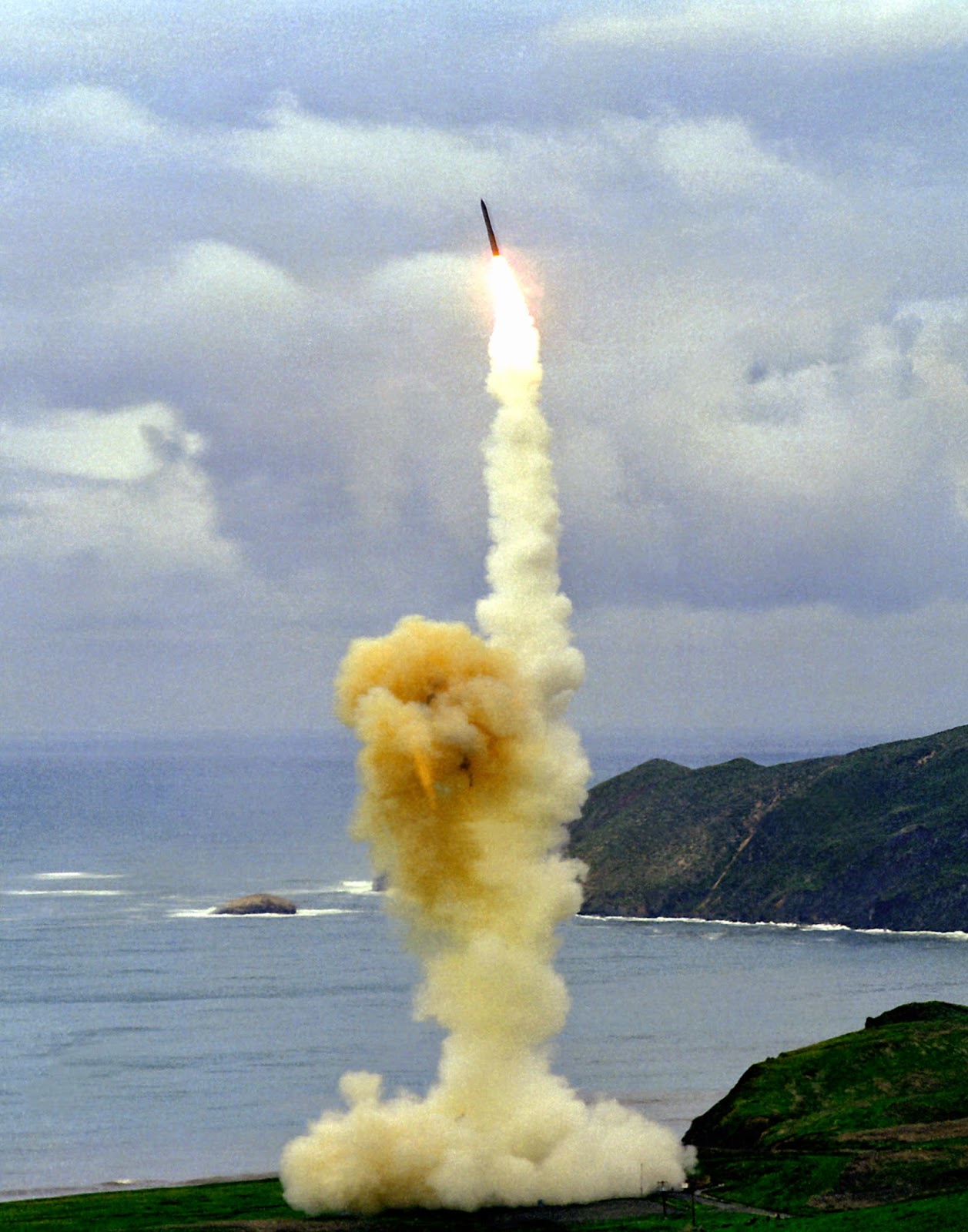Raytheon Company (NYSE: RTN) ha firmado un contrato FMS (Foreign Military Sales) por valor de $2.4 billones, para la producción del sistema Patriot con destino a un nuevo cliente: Qatar. La adquisición es parte de un proyecto de recapitalización y modernización de las fuerzas armadas anunciado en marzo de 2014.
Con este nuevo cliente son ya 13 los gobiernos que disponen de este sistema defensivo antimisiles. En palabras de Dan Crowley, presidente de la división de sistemas de defensa integrados de Raytheon, "Este contrato supone otra muestra de la confianza depositada en Patriot por numerosos países de todo el mundo."
La fabricación de los sistemas englobados bajo este contrato se llevará a cabo en las factorías Raytheon de Andover (Massachusetts), El Paso (Texas) y Huntsville (Alabama), e incluirá la última versión del sistema de lanzamiento, que se diferencia de sus predecesores principalmente en estas ventajas:
- Más potencia de computación
- Mejor sistema de procesamiento de radar
- Mejor interface hombre-máquina
- Menor coste durante el ciclo de vida



























